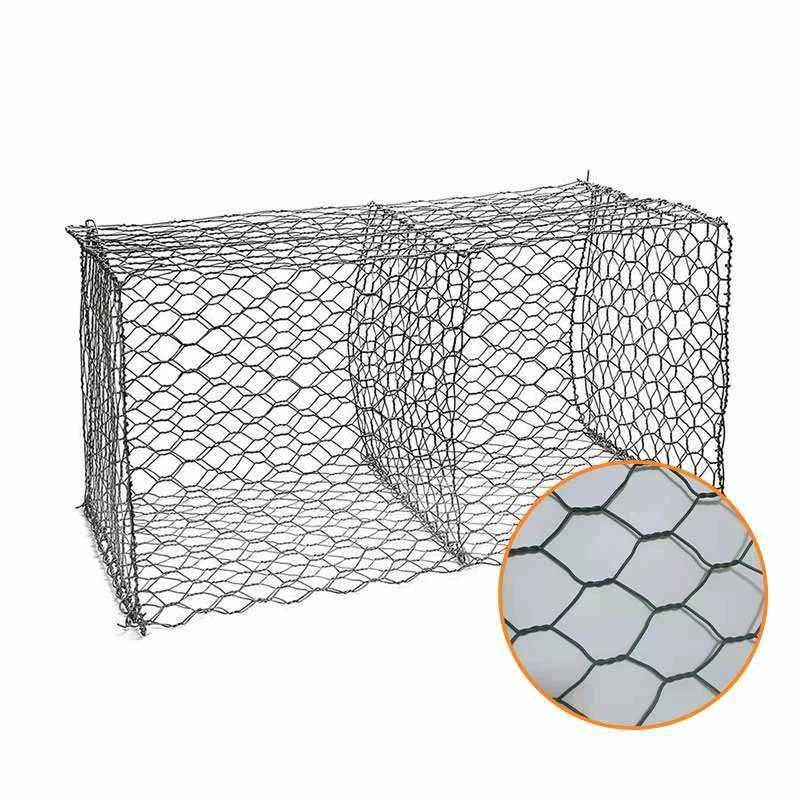-
 Phone:
Phone: -
 Email:
Email:

Understanding the Uses and Benefits of Bale Wire in Agricultural Practices
Understanding Bale Wire A Versatile Tool in Agriculture and Industry
Bale wire is an essential component in various agricultural and industrial sectors, serving primarily as a fastening material for bales of hay, straw, cotton, and other similar products. Its importance cannot be overstated as it plays a critical role in the efficiency of farming operations, the storage of goods, and even waste management systems. This article provides an in-depth look at bale wire, its types, applications, and benefits.
What is Bale Wire?
Bale wire is a type of wire that is commonly used to bind materials together into manageable bundles or bales. It can be made from various materials, including steel, aluminum, and specially coated metals to enhance durability and corrosion resistance. The wire can vary in gauge, with thicker wires typically used for securing larger bales due to increased strength and tensile capacity.
Types of Bale Wire
1. Galvanized Wire This is one of the most popular types of bale wire. The galvanization process involves coating the steel wire with zinc to protect it from rust and corrosion. This makes it suitable for outdoor use in agricultural settings where moisture and weather exposure are concerns.
2. Polypropylene (PP) Wire Made from plastic materials, PP wire is lightweight and resistant to rotting, making it an ideal choice for specific applications, including packaging and binding materials that may be exposed to moisture. However, it may not have the same tensile strength as metal wires.
3. Barbed Wire While not exclusively a bale wire, barbed wire is often used in conjunction with bale wire to create secure boundary fences around agricultural fields where bales are stored.
Applications of Bale Wire
Bale wire is used in various industries, each with specific requirements
bale wire

- Agriculture In the agricultural sector, bale wire is primarily used to bind hay and straw bales for easy transport and storage. This ensures that the bales remain intact during transit and are securely stored, preventing loss and waste.
- Textile Industry Cotton bales are often tied with bale wire before they are shipped to textile manufacturers. The durability of bale wire ensures that the cotton remains compact and secure during transportation.
- Recycling and Waste Management In recycling facilities, bale wire is used to bundle recyclable materials such as cardboard, paper, and plastic. This not only makes it easier to transport these materials but also ensures that they are handled systematically.
Benefits of Using Bale Wire
1. Convenience Bale wire allows for the efficient bundling of materials, making them easier to transport and store. This is particularly beneficial in agricultural operations where large volumes of bales need to be managed.
2. Durability High-quality bale wires, especially galvanized types, provide excellent resistance to wear and tear. This means they can withstand harsh weather conditions, ensuring that the bales remain secure over time.
3. Cost-Effective Bale wire is relatively inexpensive when compared to other binding materials. Given its effectiveness and strength, using bale wire can lead to significant cost savings in operations that require bundling large quantities of materials.
Conclusion
In conclusion, bale wire is a vital tool that serves numerous functions across various industries. From securing agricultural produce to facilitating recycling efforts, its versatility and durability make it an indispensable part of modern operations. As we move towards more sustainable practices, the role of bale wire in efficient material handling and waste management will likely continue to grow, highlighting the importance of this simple yet powerful tool in our daily lives. Understanding its function and characteristics will empower users to make informed choices, ensuring that they select the right type of bale wire for their specific needs.
-
Wire Mesh for Every Need: A Practical SolutionNewsJul.25,2025
-
Steel Fences: Durable, Secure, and Stylish OptionsNewsJul.25,2025
-
Roll Top Fencing: A Smart Solution for Safety and SecurityNewsJul.25,2025
-
Cattle Farm Fencing Solutions for Maximum SecurityNewsJul.25,2025
-
Affordable Iron Binding Wire SolutionsNewsJul.25,2025
-
Affordable Galvanized Wire SolutionsNewsJul.25,2025
-
Wire Hanger Recycling IdeasNewsJul.25,2025








